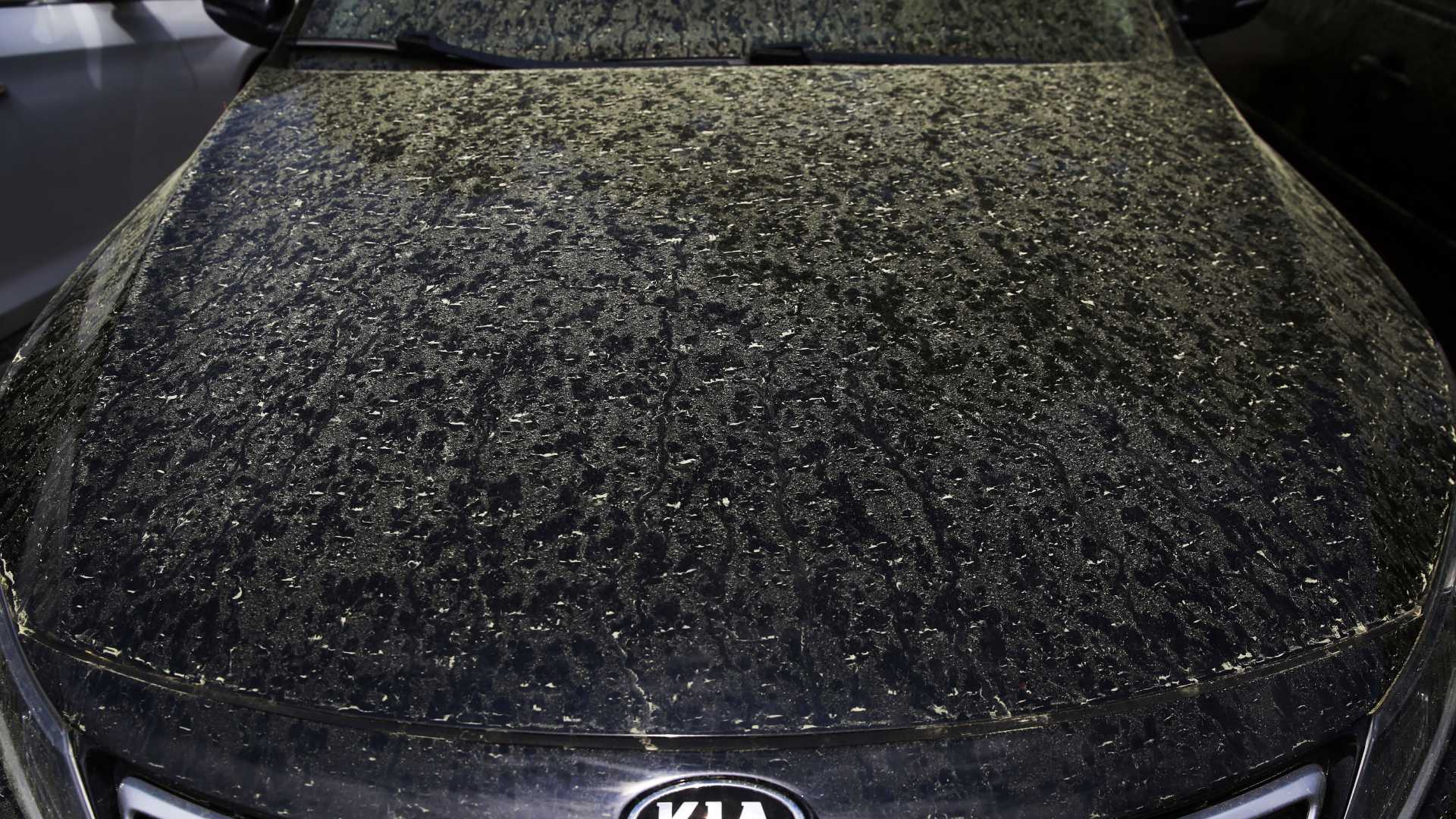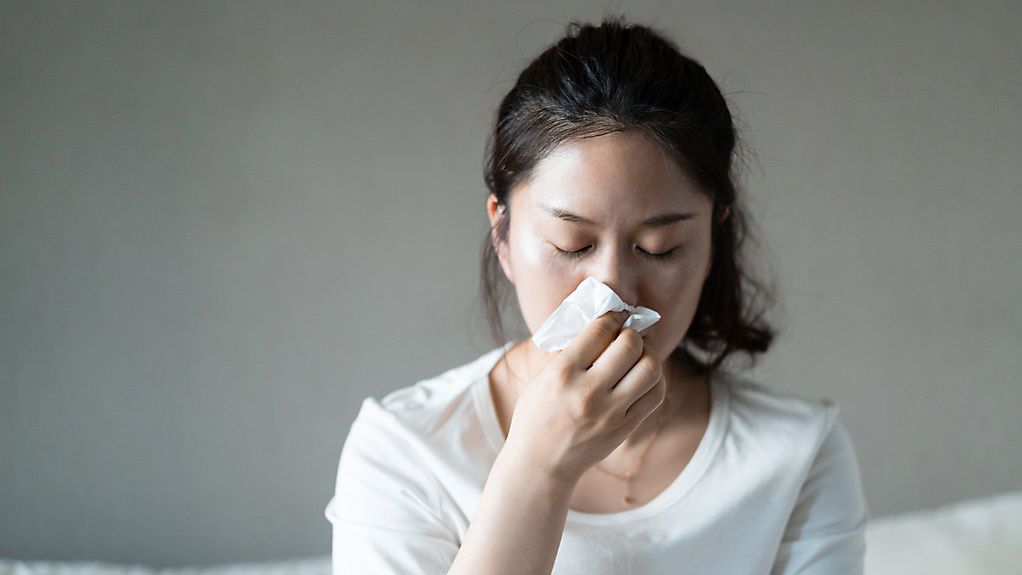Spring brings about many welcome changes to the Lone Star State. For most Texans, bluebonnets, goldilocks weather (not too warm, but not too cold!) and longer days likely come to mind.
Springtime also sees the dreaded peak cedar season drawing to a close.
A Texan may tell you that allergy season is year-round here. As a matter of fact, Texas landed a spot on the Asthma and Allergy Foundation of America’s 2022 list of “Allergy Capitals”–twice!
McAllen landed the third place spot on the list of most difficult cities for allergy sufferers, only behind Scranton, Pennsylvania and Wichita, Kansas. San Antonio took fifth, just behind Richmond, Virginia
In Texas, “cedar fever” may almost be as notorious as The Alamo or the Dallas Cowboys.
While it may not be an actual medical condition, it refers to the cold and flu-like symptoms that some people experience as a result of seasonal allergies to pollen from mountain cedar trees. The Ashe juniper species tends to produce the most pollen, but isn’t the only contributor.
Peak cedar season unfortunately occurs in conjunction with the typical cold and flu season: winter. According to an article from the Texas A&M Forest Service, cedar trees are unique in that they prefer to release pollen immediately after a cold front.

In fact, the mass release of pollen can often look like smoke plumes coming off of the trees, giving them the appearance of being on fire.
The official start of meteorological spring is March 1. The steady warming of temperatures often seen across Texas between March and May is much less favorable for cedar species to release their pollen. Thus, cedar season comes to an end.
But that doesn’t mean that allergy sufferers are in the clear. Thanks to a different type of tree, you may find yourself sneezing your way through spring.
As cedar season ends, another group of trees have a window of opportunity to shed their own pollen. March through May is usually when oak, elm, pine and cottonwood trees begin to bloom and release pollen.
The allergen that tends to be the most problematic during the spring is oak pollen. Tall, friendly and somehow almost wise-looking, oak trees are another pride and joy of Texas. However, their pollen is a bit less pleasant.
Oak allergy season is commonly associated with a layer of sticky, yellow pollen that builds up on sidewalks, cars and anything else you may accidentally leave outside.

So, are you sneezing yet? Even if not, there are still a few more spring allergens that should be addressed. Mold, grass and weed pollen levels also begin to rise during the spring time.
The slow, but steady rise in temperatures that goes hand in hand with spring often gives mold the opportunity to grow. However, mold levels fluctuate often and are highly dependent on weather.
For example, a wetter pattern may lead to a rise in mold, but heavy rain may also wash mold away, leading to lower levels of that particular allergen.
If you've made it this far, you're probably "itching" to know what you can do to prevent allergies from wreaking havoc on your spring! Luckily, experts agree on a handful of measures that can make life easier for seasonal allergy sufferers.
- Take an allergy medication. These work best if taken regularly, and at the beginning of the day before you spend any time outside.
- Change clothes after spending time outside. Pollen will cling on to your garments!
- Shower and wash your hair regularly to rinse off any lingering pollen. (Dry shampoo rocks, but it unfortunately won't help your allergies.)
- Try to vacuum and dust once per week to get rid of dirt, dust, and pollen inside your home.
- Brush and bathe pets as needed. In addition to having pollen in their coat, animals tend to shed during the spring. This leads to higher levels of dander around your home, which can cause or worsen allergy symptoms for some.
- Use high-efficiency particulate air (HEPA) purifiers in your home. If you only have one, keep it in your bedroom.
Our team of meteorologists dives deep into the science of weather and breaks down timely weather data and information. To view more weather and climate stories, check out our weather blogs section.



